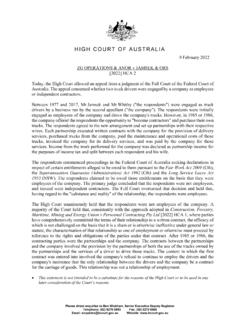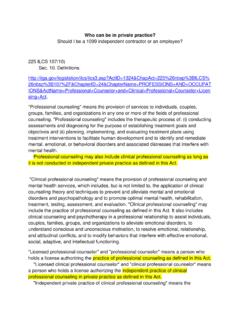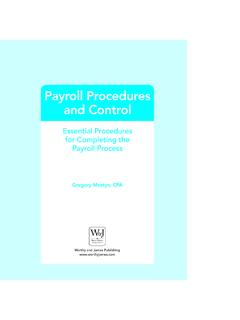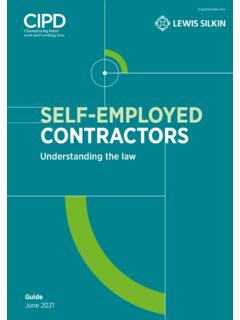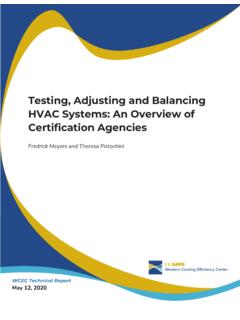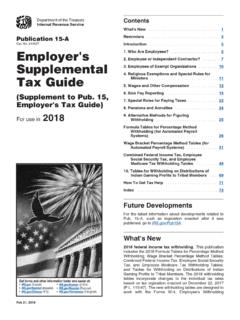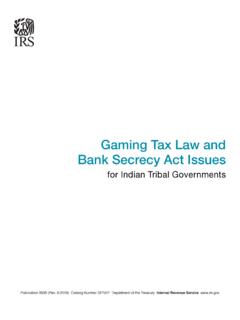Transcription of HIGH COURT OF AUSTRALIA
1 H I G H C O U R T O F A U S T R A L I A Please direct enquiries to Ben Wickham, Senior Executive Deputy Registrar Telephone: (02) 6270 6893 Fax: (02) 6270 6868 Email: Website: CONSTRUCTION, FORESTRY, MARITIME, MINING AND ENERGY UNION & ANOR v PERSONNEL CONTRACTING PTY LTD [2022] HCA 1 Today, the High COURT allowed an appeal from a judgment of the Full COURT of the Federal COURT of AUSTRALIA . The appeal concerned whether a labourer was engaged by a labour-hire company as an employee or an independent contractor . The second appellant ("Mr McCourt") was a 22-year-old British backpacker with limited work experience who had travelled to AUSTRALIA on a working holiday visa.
2 He sought work from the respondent, a labour-hire company (trading as "Construct"). He was offered a role and signed an Administrative Services Agreement ("ASA") with Construct. The ASA described Mr McCourt as a "self-employed contractor ". Construct assigned Mr McCourt to work on two construction sites run by Construct's client, Hanssen Pty Ltd ("Hanssen"). Mr McCourt performed basic labouring tasks under the supervision and direction of supervisors employed by Hanssen. The relationship between Construct and Hanssen was governed by a Labour Hire Agreement. There was no contract between Mr McCourt and Hanssen.
3 The first appellant and Mr McCourt commenced proceedings against Construct in the Federal COURT of AUSTRALIA seeking compensation and penalties pursuant to the Fair Work Act 2009 (Cth) ("the Act"). The crucial issue was whether Mr McCourt was an employee of Construct for the purposes of the Act. The primary judge held that Mr McCourt was an independent contractor , and an appeal to the Full COURT was dismissed. Both courts applied a "multifactorial" approach, by reference to the terms of the ASA and the work practices imposed by each of Construct and Hanssen. The High COURT , by majority, held that Mr McCourt was Construct's employee .
4 The majority held that where parties have comprehensively committed the terms of their relationship to a written contract, the efficacy of which is not challenged on the basis that it is a sham or is otherwise ineffective under general law or statute, the characterisation of that relationship as one of employment or otherwise must proceed by reference to the rights and obligations of the parties under that contract. These rights and obligations are to be ascertained in accordance with established principles of contractual interpretation. Absent a suggestion that the contract has been varied, or that there has been conduct giving rise to an estoppel or waiver, a wide-ranging review of the parties' subsequent conduct is unnecessary and inappropriate.
5 Under the ASA, Construct had the right to determine for whom Mr McCourt would work, and Mr McCourt promised Construct that he would co-operate in all respects in the supply of his labour to Hanssen. In return, Mr McCourt was entitled to be paid by Construct for the work he performed. This right of control, and the ability to supply a compliant workforce, was the key asset of Construct's business as a labour-hire agency. These rights and obligations constituted a relationship between Construct and Mr McCourt of employer and employee . That the parties chose the label " contractor " to describe Mr McCourt did not change the character of that relationship.
6 This statement is not intended to be a substitute for the reasons of the High COURT or to be used in any later consideration of the COURT s reasons. 9 February 2022
